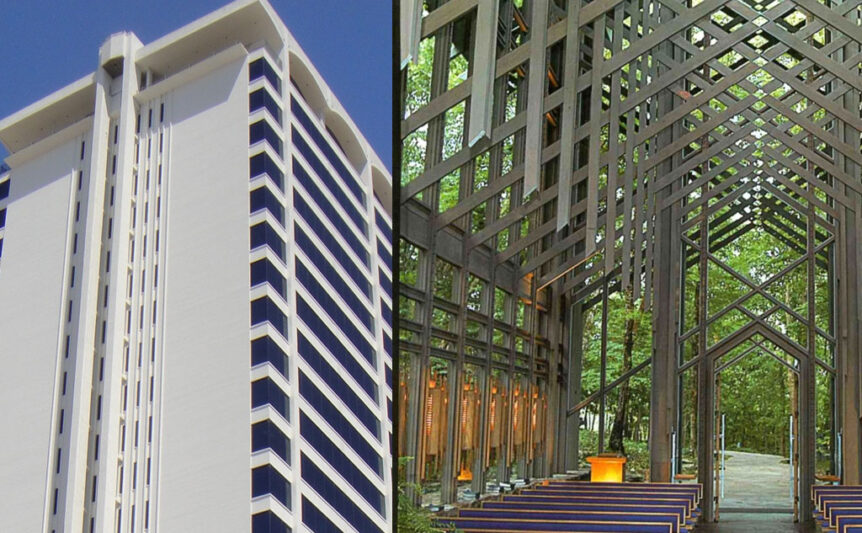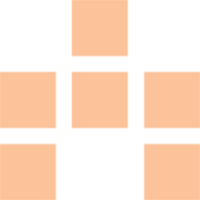
Human Perception & Response to the Architectural Environment
Popular architectural philosophy has, for at least the past century and a half, been dominated in nearly all respects by the oft repeated phrase ‘form follows function’. The truistic nature of this saying has led to its extreme dominance in the world of contemporary architecture, as it is indeed no simple task to argue that the form of a structure ought to be conformed to anything but its function. New architectural design has thus, for the most part, been consigned to the world either of strict practicality or arbitrary design choice. Recently however, researchers involved in fields ranging from design to neuroscience have begun to question the impact of this form of architectural thought. Especially with the present crisis of mental illness, a crisis which is significantly more pronounced in urban areas, the idea that buildings themselves may have an impact on the mental health of their occupants is being seriously considered. It is not so much the validity of form following function which is under consideration, but rather if and how the function of a building extends further than, as architect Le Corbusier famously stated, “a machine for living in”. In light of recent findings, a great deal of human history, biology, and neurology have been examined in order to determine the factors in both interior and exterior architectural design (henceforth referred to as the built environment), which impact the way a building is perceived and processed, and from this to determine how said features affect individuals. Overarchingly, the focus in this up and coming field of study, (which will be further referred to as cognitive architecture) is to determine the way in which the built environment can be most effectively designed in order to maximize its positive impact, both mentally and, as some studies suggest, physically. Although the goal is identical, the various architectural elements which have been identified as having possible physiological benefits are numerous, though much of the research is focused on the themes of biophilic design, specifically designs involving fractal patterns, general architectural principles such as coherence and complexity, as well as a final more simultaneously broad and central question of the role of beauty or vitality in design. This work aims to synthesize the current research on cognitive architecture in order to provide for a nuanced and comprehensive view of the topic and how it can be applied in the broader world.
